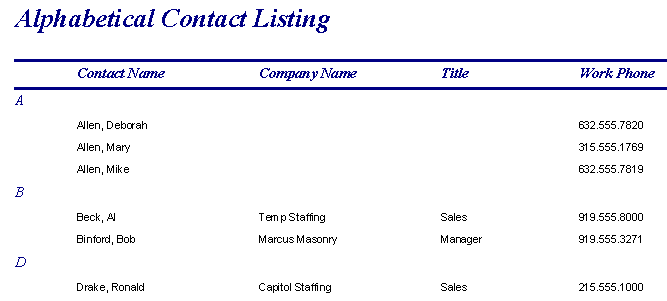
There are no maintenance costs, and compared to labels, for small to medium production runs the cost per print is low. This affordable model fits on any level surface or directly onto a conveyor, ideal where space is at a premium. There are no ink refills or service required, and with easy switch HP or Funai cartridges, a new printhead and ink system is delivered each time a cartridge is changed. The simple push-button panel means message selection and start-ups are quick and easy, keeping errors to a minimum with its easy-to-use message creation software. With a maximum print speed of 30m/min 300dpi, the robust TJ20 is a small, easy to set up, compact printer that uses a built-in product detector.

Both models are ideal for customers who need to print onto coated card, plastics, films or metals. The Linx TJ50 is designed for more demanding applications, with easy database connectivity and the ability to print text, graphics and machine-readable codes onto a wide range of packaging materials. Designed for single shift production, the Linx TJ20 model is simple to use, affordable and reliable, giving customers confidence that it will add value to their business and enhance their brand. It would be best if you fixed those and decide on a naming convention (say all table names are plural, there are no underscores except in case X, etc).Linx Printing Technologies has strengthened its range of coders with the launch of two new models of thermal ink jet (TIJ) printers, each tailored to the specific needs of their customers. Some names have underscores between name parts, some not. Some table names are plural and others singular. (none) - Purchase_Materials - Purchases_Items PurchaseOrders - Purchase - PurchaseOrders
IDATABASE PRINTING CODE
I assumed the following are renames: Schema - Image - Code in this answer There is inconsistencies in the naming, between the schema and the images. Consistency is enforced through this indirect relationship. Since there is a foreign key from Purchase_Items to PurchaseOrders (or Purchase_Orders in the image) and a foreign key from PurchaseOrders to Jobs, you don't need a direct foreign key. The image shows an additional relationship, between Purchase_Materials and Jobs/ PrintingJobs, which doesn't appear in the schema - and you don't really need it.

With that in mind, the corrected schema would be: PurchaseOrders (JID, OID, ODate)įK2 = (JID, OID) REFERENCES PurchaseOrders (JID, OID) Now this foreign key belong to Puschase_Materials (or Purchace_Items) and not to Materials (or Item). You need one (composite) Foreign Key constraint, not two: (JID, OID) REFERENCES PURCHASE (JID, OID) I suppose the design is only on paper, as no DBMS would allow that, when the primary key of PURCHASE is (JID, OID). This part in Item doesn't look right: F.K = JID, OID Item ( IID, stock, Description, Price, JID, OID)Ĭan anyone guide me and tell me if I'm correct, what changes I should make, and if I represented the relationships well? PrintingJobs (JID, Pdate, Description, Type, PID) My schema is like this Publisher (PID, PName, street, city, postcode, Ptele,CCode)

Each items has item id, description, stock in hand and price.Įach purchase order for each job can have several items. The printing company also would like to keep track the details of the materials(items). If the job is deleted, you need not keep track of its purchase order any longer. Each printing job may have several purchase orders assigned to it. The purchase orders for each job is recorded for each purchase order the purchase order id (unique) and the date for the purchase order also recorded. The company also would like to record the date of the printing job, the description and the type.Ī printing job requires the use of materials, such as paper and ink, which are assigned to a job via purchase orders. The company keep track of the printing jobs (books or part of books) and the job id is the unique key for each job. The printing company keeps track of publisher's id, publisher's name, Publisher's address composed of street, city, postcode, publisher's telephone number and credit code. The following requirement is for a ABC printing company that handles printing jobs for book publishers. Specify the cardinality ratio and participation constraint for each relationship type. Create a conceptual schema for the case study assigned to you using the concept of entity relationship model.


 0 kommentar(er)
0 kommentar(er)
